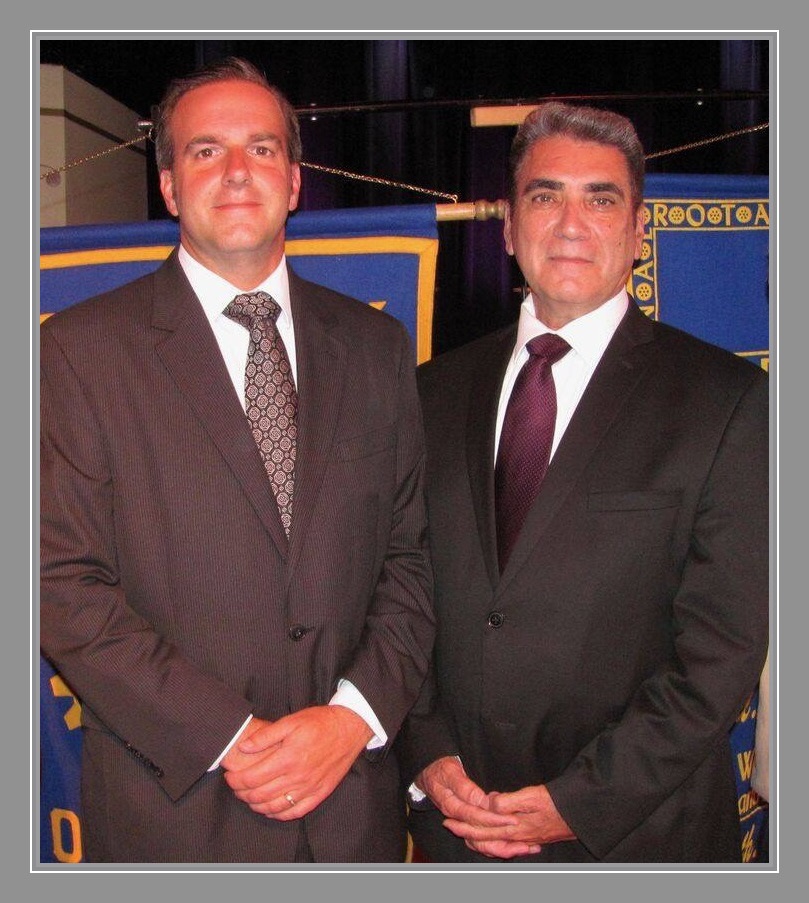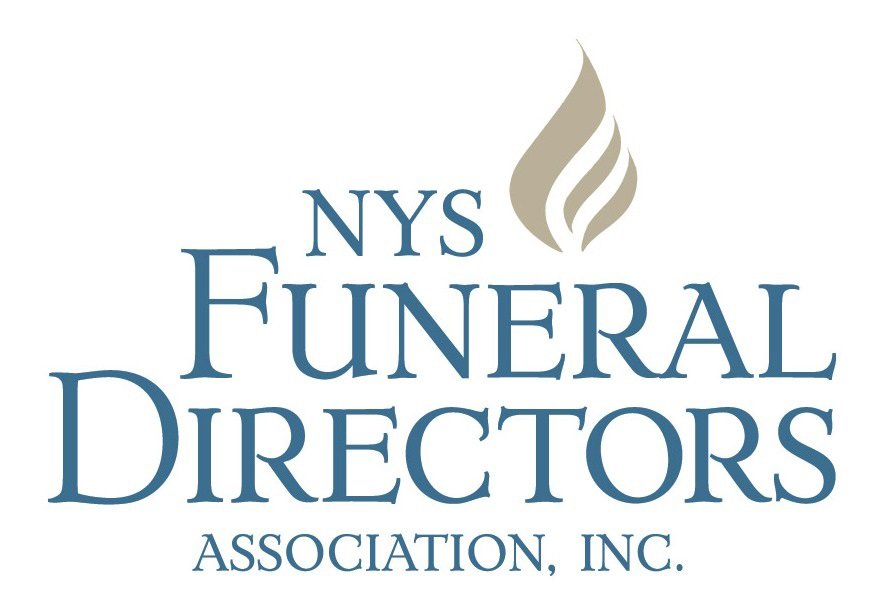Burial Services
(A.K.A. Traditional Funeral Services)
Burial Services, also known as Traditional Funeral Services includes a visitation (calling hours), followed by a funeral service in a funeral home and/or church with the body of the deceased present. The casket is typically present at both these events, and it is your decision on whether to have the casket open or not. Most often the person is then buried in a cemetery. Family or religious traditions are often a factor for choosing burial. There are many decisions that need to be made such as whether the body needs to be embalmed, scheduling the services, selecting a casket, burial vault and monument, along with which cemetery is to be used. Funeral directors are experts in arranging funeral services and will easily guide you through the many options available in order to create a personalized, meaningful service for you, your family and your loved one.
Cemetery Types
Monumental cemetery: A monumental cemetery is the traditional style of cemetery where headstones or other monuments made of marble or granite rise vertically above the ground. There are countless different types of designs for headstones, ranging from very simple to large and complex.
Lawn cemetery: A lawn cemetery is where each grave is marked with a small commemorative plaque that is placed horizontally at the head of the grave at ground-level. Families can still be involved in the design and the information contained on the plaque, however in most cases the plaques are a standard design.
Mausoleum: A mausoleum is an external free-standing building constructed as a monument enclosing the interment space or burial chamber of a deceased person or people. A mausoleum may be considered a type of tomb or the tomb may be considered to be within the mausoleum. The most famous mausoleum is the Taj Mahal in India.
Columbarium: Columbarium walls are generally reserved for cremated remains. While cremated remains can be kept at home by families or scattered somewhere significant to the deceased, a columbarium provides friends and family a place to come to mourn and visit. Columbarium walls do not take up a lot of space and it is a cheaper alternative to a burial plot.
Green cemeteries: Green cemeteries, also known as eco-cemeteries or natural cemeteries is a new style of cemetery set aside for natural burials. Green burials are motivated by the desire to be environmentally conscience, although green burials can be performed at any type of cemetery, they are usually done in a natural woodland area. Conventional markings such as headstones are generally replaced with a tree or a bush or a placement of a natural rock.
Burial FAQ
What is opening and closing and why is it so expensive?
Typically, the opening and closing fee include administration and permanent record keeping (determining ownership, obtaining permission and the completion of other documentation which may be required, entering the interment particulars in the interment register, maintaining all legal files); opening and closing the grave (locating the grave and laying out the boundaries, excavating and filling the interment space); coco-matting at the grave site, leveling, tamping, re-grading and sodding the grave site and leveling and re-sodding the grave if the earth settles.
Can we dig our own grave to avoid the charge for opening and closing?
The actual opening and closing of the grave is just one component of the opening and closing fee. Due to safety issues which arise around the use of machinery on cemetery property and the protection of other gravesites, the actual opening and closing of the grave is conducted by cemetery grounds personnel only.
Why is having a place to visit so important?
To remember and to be remembered are natural human needs. A permanent memorial in a cemetery provides a focal point for remembrance and memorializing the deceased. Throughout human history, memorialization of the dead has been a key component of almost every culture. Psychologists say that remembrance practices, from the funeral or memorial service to permanent memorialization, serve an important emotional function for survivors by helping them bring closure and allowing the healing process to begin. Providing a permanent resting place for the deceased is a dignified treatment for a loved one’s mortal remains, which fulfills the natural human desire for memorialization.
How soon after or how long after a death must an individual be buried?
There is no law that states a specific time from for burial. Considerations that will affect timeline include the need to secure all permits and authorizations, notification of family and friends, preparation of cemetery site and religious considerations.
Does a body have to be embalmed before it is buried?
No. Embalming is a choice which depends on factors such as an open casket viewing of the body or if there is to be an extended time between death and internment. Public health laws may require embalming if the body is going to be transported by an airline.
What options are available besides ground burial?
Besides ground burial, some cemeteries offer interment in lawn crypts or entombment in mausoleums. In addition, most cemeteries provide choices for those who have selected cremation. These often include placement of cremated remains in a niche of a columbarium or interment in an urn space.
What are burial vaults and grave liners?
Burial vaults and grave liners are outside containers into which the casket is placed. Lined, sealed burial vaults are constructed of concrete, have a plastic liner and may also include a metal liner. They also contain a sealer which securely attaches the lid to the base of the vault. The weight of a lined, sealed burial vault start at 2,000 lbs. and increase as you increase in the price of a vault. Lined, sealed burial vaults are designed to keep the ground level at the cemetery, resist the entrance of water or any other element found in the soil and to protect the casket. They are made in a variety or combination of materials including concrete, plastic,stainless steel, galvanized steel, copper or bronze. A grave liner is a lightweight version of a vault which simply keeps the grave surface from sinking in and does not include a sealer or liner.
Must I purchase a burial vault?
Most cemeteries have regulations that require the use of a basic grave liner for maintenance and safety purposes. Either a grave liner or a burial vault will satisfy these requirements. Some smaller rural or churchyard cemeteries do not require use of a container to surround the casket in the grave.
Deceased veterans of the U.S. Armed Forces are entitled to several benefits and honors from the government. Allow us to complete the forms to receive the honors they so rightly deserve.
> LEARN MORE
Our local florists are committed to offering only the finest floral arrangements backed by their professionalism and prompt service.
> LEARN MORE

We invite you to contact us at any time if you have questions, comments or concerns.We are here to assist you in anyway we can.





